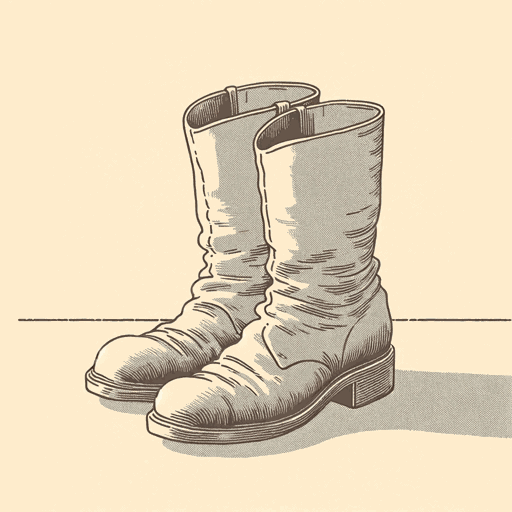50 pages • 1 hour read
Cormac McCarthyOuter Dark
Fiction | Novel | Adult | Published in 1968A modern alternative to SparkNotes and CliffsNotes, SuperSummary offers high-quality Study Guides with detailed chapter summaries and analysis of major themes, characters, and more.
Background
Genre Context: Cormac McCarthy and Southern Gothic Fiction
Outer Dark, McCarthy’s second novel, combines the use of colloquial dialogue from his first novel, The Orchard Keeper, with the ornate, poetic style he later uses in his magnum opus, Blood Meridian. At this early point in his career (McCarthy wrote Outer Dark between 1962 and 1964), McCarthy draws on the Southern Gothic tradition of literature, such as the work of William Faulkner and Flannery O’Connor. Outer Dark has all the hallmarks of Southern Gothic: macabre violence, ubiquitous decay, and the incursion of the supernatural (the trio) into the real world. It also shares the trope of the villain in disguise with O’Connor’s fiction, confusing the boundary between good and evil; for example, the leader of the trio wears a stolen black suit that makes him look like a minister. This disguise disarms the snake hunter so that the trio can disembowel him. The disguise also lends the leader authority before the mob that follows him to lynch two innocent millhands for the murder of Squire Salter (whom the trio murdered). In the eyes of the mob, the leader of the trio is someone upholding justice, or at least enacting retribution, not the villain he truly is.
Related Titles
By Cormac McCarthy
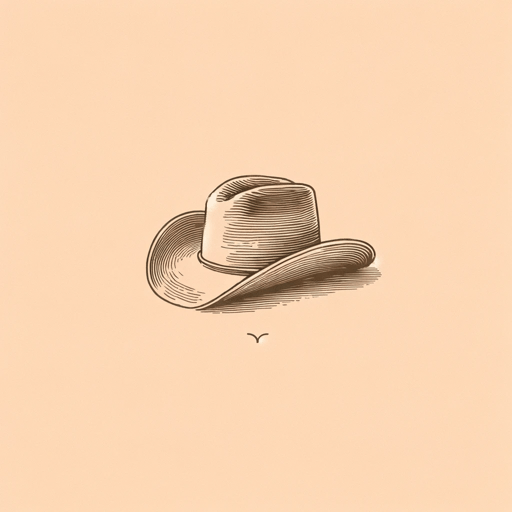
All The Pretty Horses
Cormac McCarthy

Blood Meridian
Cormac McCarthy

Child of God
Cormac McCarthy

Cities of the Plain
Cormac McCarthy
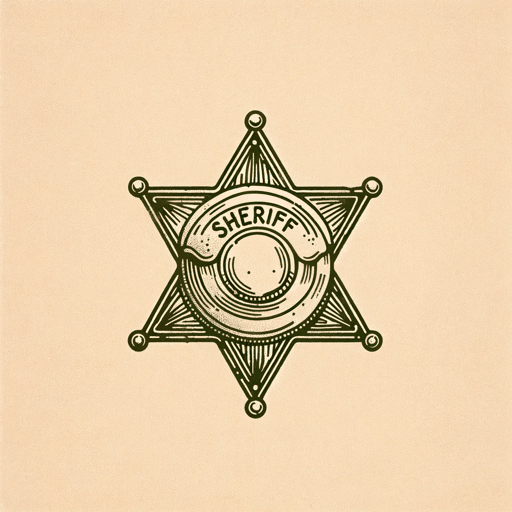
No Country for Old Men
Cormac McCarthy

Stella Maris
Cormac McCarthy

Suttree
Cormac McCarthy
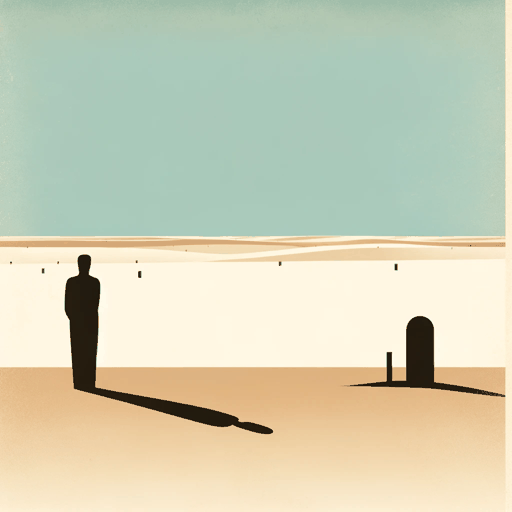
The Crossing
Cormac McCarthy
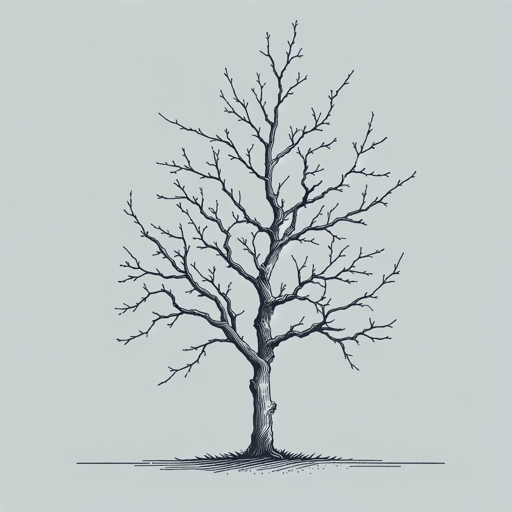
The Orchard Keeper
Cormac McCarthy

The Passenger
Cormac McCarthy
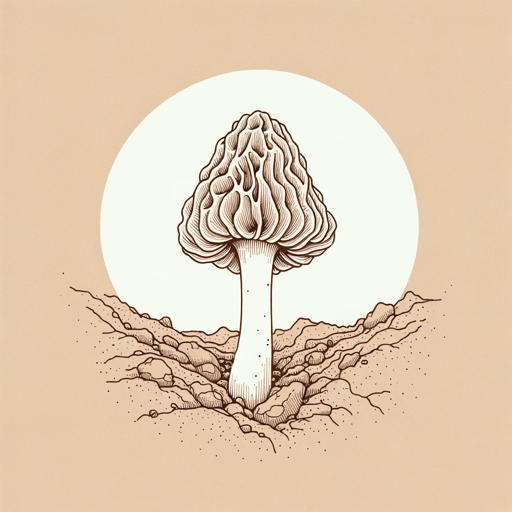
The Road
Cormac McCarthy
